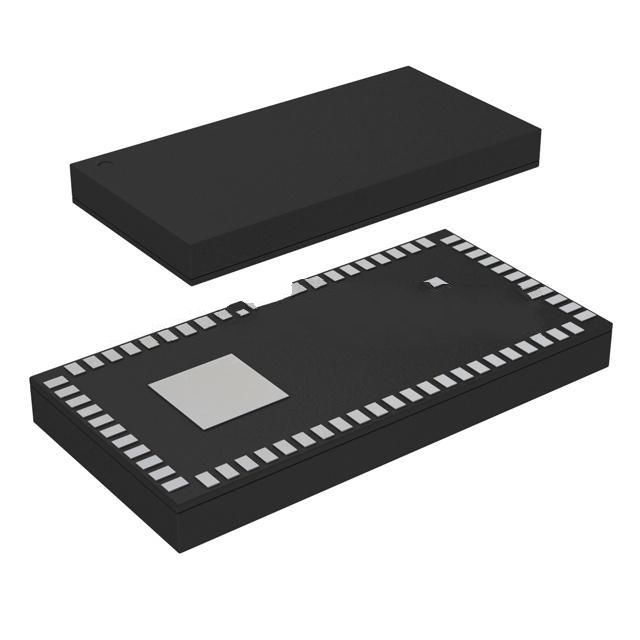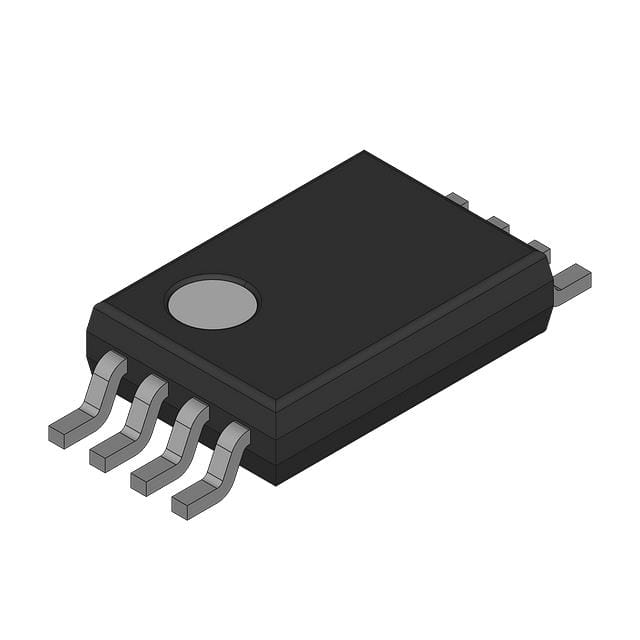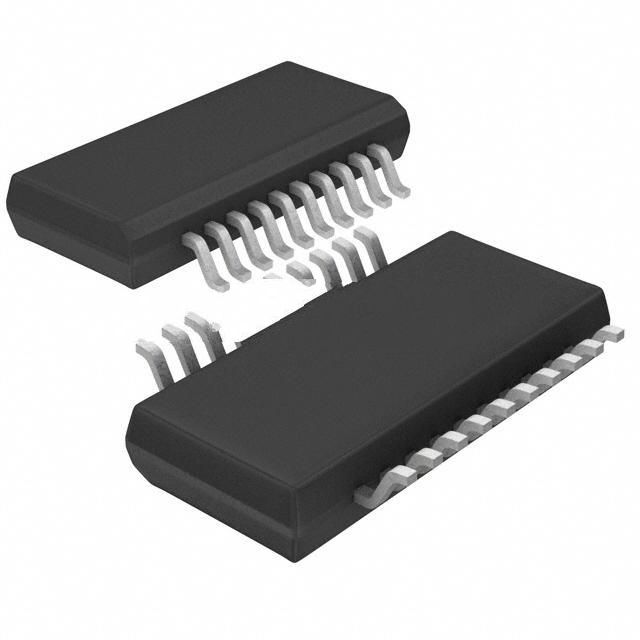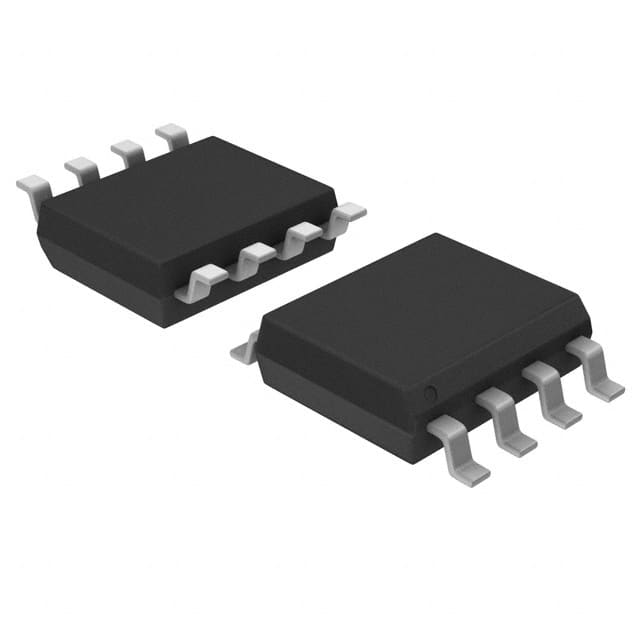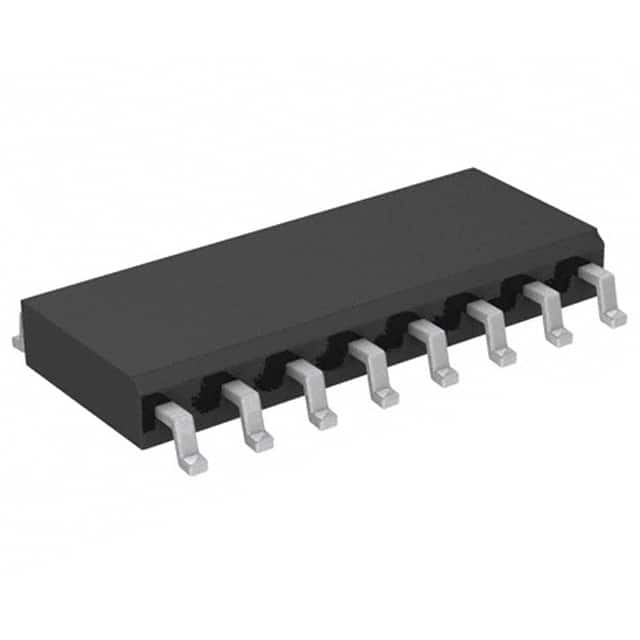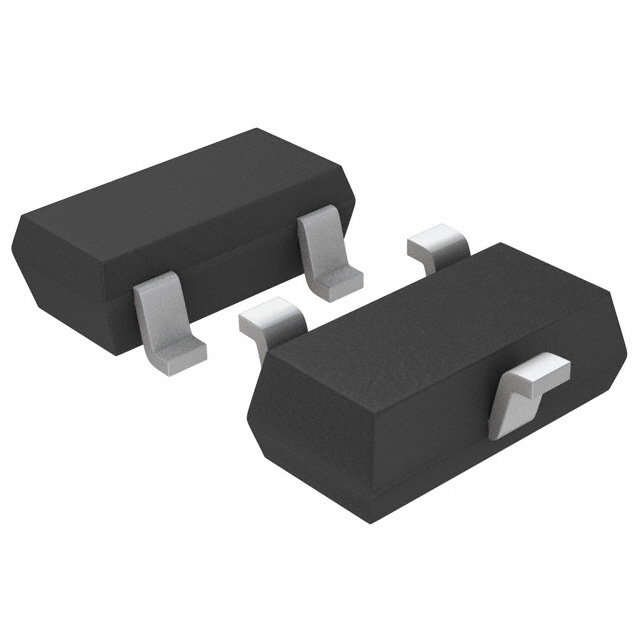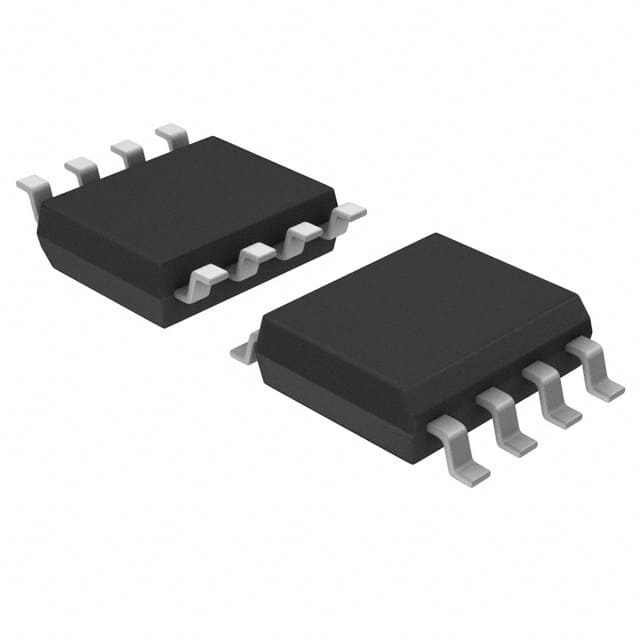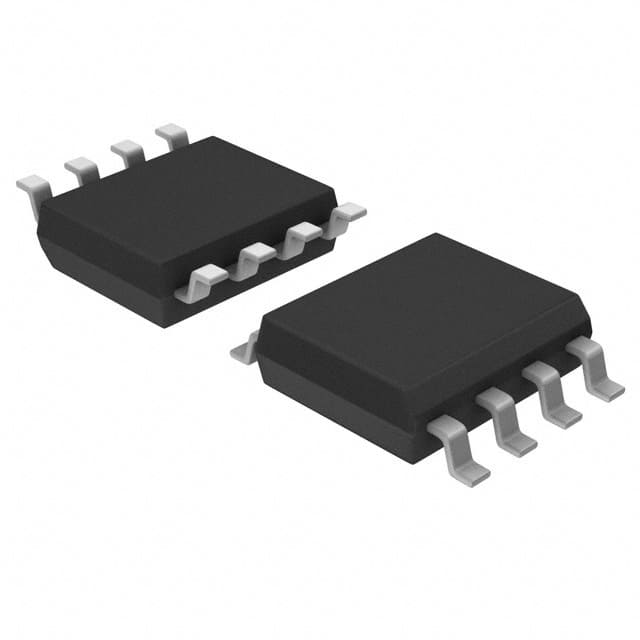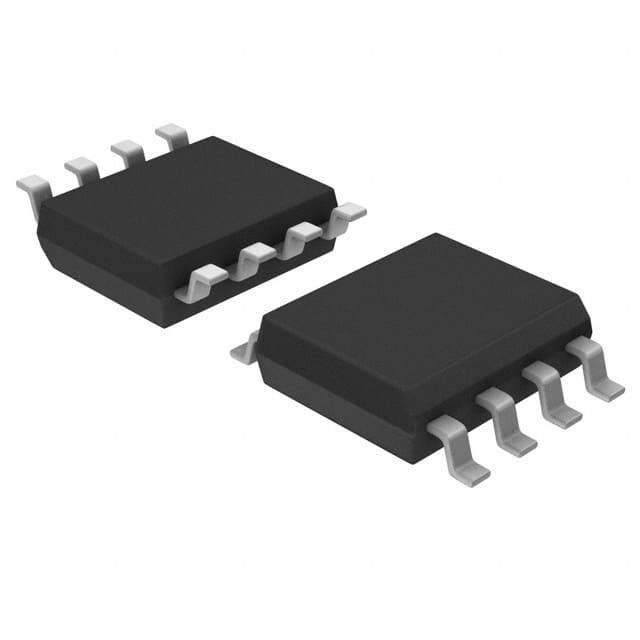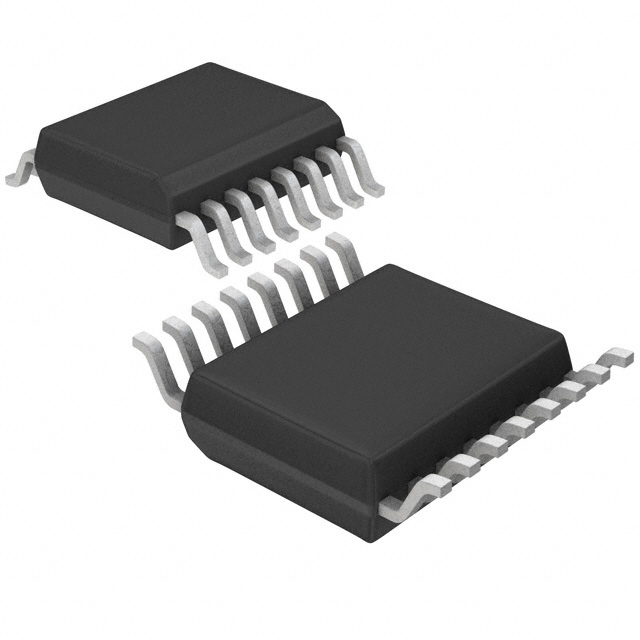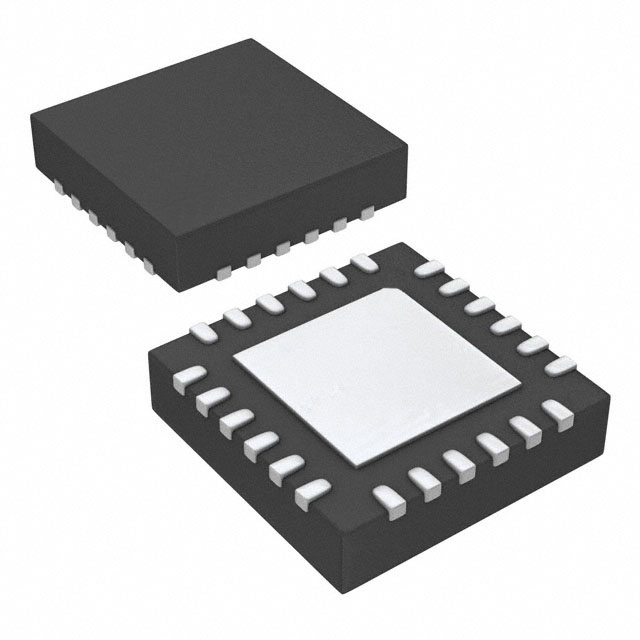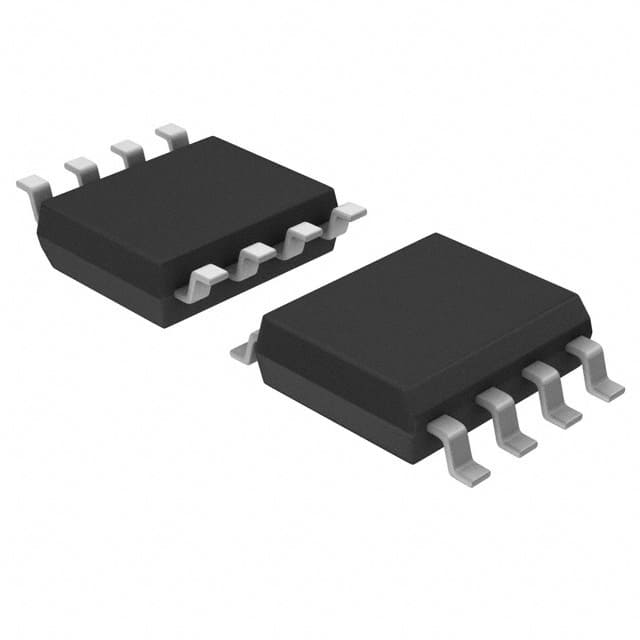MK3722GLFTR Product Introduction:
Renesas Electronics America Inc Part Number MK3722GLFTR(Clock/Timing - Clock Generators, PLLs, Frequency Synthesizers), developed and manufactured by Renesas Electronics America Inc, distributed globally by Jinftry. We distribute various electronic components from world-renowned brands and provide one-stop services, making us a trusted global electronic component distributor.
MK3722GLFTR is one of the part numbers distributed by Jinftry, and you can learn about its specifications/configurations, package/case, Datasheet, and other information here. Electronic components are affected by supply and demand, and prices fluctuate frequently. If you have a demand, please do not hesitate to send us an RFQ or email us immediately sales@jinftry.com Please inquire about the real-time unit price, Data Code, Lead time, payment terms, and any other information you would like to know. We will do our best to provide you with a quotation and reply as soon as possible.
Introducing the MK3722GLFTR, the latest innovation from Renesas Electronics America Inc. This advanced microcontroller offers a wide range of features and is designed to meet the demands of various application fields.
The MK3722GLFTR boasts a powerful 32-bit ARM Cortex-M3 core, providing exceptional performance and efficiency. With a clock speed of up to 120 MHz, this microcontroller can handle complex tasks with ease. It also offers a generous 512 KB of flash memory and 64 KB of RAM, ensuring ample storage and processing capabilities.
One of the standout features of the MK3722GLFTR is its extensive connectivity options. It supports multiple communication protocols, including USB, UART, SPI, and I2C, making it compatible with a wide range of devices and systems. Additionally, it features built-in Ethernet and CAN interfaces, enabling seamless integration into industrial automation and automotive applications.
The MK3722GLFTR is also equipped with a rich set of peripherals, including ADC, PWM, and timers, allowing for precise control and measurement. Its low power consumption and advanced power management features make it ideal for battery-powered devices and IoT applications.
With its robust features and versatile connectivity options, the MK3722GLFTR is suitable for a wide range of application fields. From industrial automation and automotive systems to consumer electronics and IoT devices, this microcontroller offers the performance and flexibility needed to meet the demands of today's rapidly evolving technology landscape.
Clock Generators are circuits or devices used to generate stable and precise pulses of electrical signals. The clock signal generated by it provides a unified time benchmark for various electronic devices, ensuring that the components of the device can synchronize operations and actions.PLL (Phase Locked Loop and phase-locked Loop) is a kind of circuit is used to control the frequency and Phase. It can convert the frequency and phase of an input signal into the frequency and phase of another output signal to realize the synchronization of frequency and phase. Frequency Synthesizers are devices that use one or more standard signals to generate a large number of discrete frequency signals through various technical approaches. It can realize precise control and adjustment of frequency to meet the needs of different application scenarios.
Application
Clock Generators are widely used in computer chips, digital circuits, radio communication, audio and video equipment and other electronic equipment. The clock signal generated by it is the basis for the normal operation of these devices, ensuring the stable transmission and processing of data. PLL (phase-locked Loop) is mainly used to detect and track the frequency and Phase of the input signal and convert it into a stable output signal. It can change the frequency of the input signal to achieve a specific purpose, such as signal synchronization, frequency conversion, etc. Frequency Synthesizers generate a series of high-precision frequency sources with a certain frequency interval through synthesis technology to provide the required frequency signals for various electronic devices. It is widely used in applications requiring accurate frequency control, such as radar, communications, electronic countermeasures and other fields.
FAQ about Clock/Timing - Clock Generators, PLLs, Frequency Synthesizers
-
1. How does the output frequency of the PLL frequency synthesizer change?
The core of the PLL frequency synthesizer is to change the output frequency by adjusting the various components in the loop. The basic working principle of the PLL frequency synthesizer is to generate a stable frequency signal through the interaction of the phase detector, loop filter and voltage-controlled oscillator. When the output frequency needs to be changed, the control voltage of the voltage-controlled oscillator can be changed by adjusting the input signal or by an external control signal to adjust its output frequency.
-
2. What is a PLL clock generator?
A PLL clock generator (Phase-Locked Loop Clock Generator) is an electronic circuit used to generate and adjust a clock signal. It automatically adjusts the frequency of the internal oscillator by comparing the phase difference between the input signal and the output signal of the internal oscillator so that the phase of the output signal is synchronized with the input signal. PLL clock generator is mainly used to generate high-speed and stable clock signal to provide timing reference for communication system.
The key components of PLL clock generator include:
Phase detector: compare the phase difference between input signal and feedback signal.
Charge pump: adjust the voltage to control the frequency of VCO according to the output of phase detector.
Loop filter: smooth the output of charge pump and reduce noise.
Voltage controlled oscillator (VCO): change the oscillation frequency according to the control voltage to generate output clock signal.
-
3. What is the difference between PLL and oscillator?
The main difference between PLL and oscillator lies in their functions and features. PLL has the ability of phase locking and frequency tracking, which can provide higher frequency stability, especially in the presence of an external reference signal. Oscillators usually generate fixed-frequency signals and do not have these functions of PLL.
Specifically, oscillators are devices used to generate periodic signals. Common types include RC oscillators, LC oscillators, and crystal oscillators. RC oscillators have a simple structure and low cost, but poor frequency stability and accuracy; LC oscillators have good frequency stability, but are large in size and high in cost; crystal oscillators have extremely high frequency stability, but are expensive.
PLL is a feedback control circuit that can compare the output of the oscillator with a reference signal, generate a control voltage based on the phase difference, and thus adjust the frequency and phase of the oscillator to synchronize it with the reference signal. PLL can generate output signals with higher or lower frequencies than the reference signal, and is usually more complex to design and implement than oscillators, with higher power consumption and cost.
Whether to choose an oscillator or PLL depends on the specific application requirements. If a fixed frequency signal is required and cost and complexity are a concern, an oscillator is the appropriate choice. If precise frequency control and low phase noise are required and a stable reference signal is available in the system, a PLL is a better choice.
 Lead free / RoHS Compliant
Lead free / RoHS Compliant












